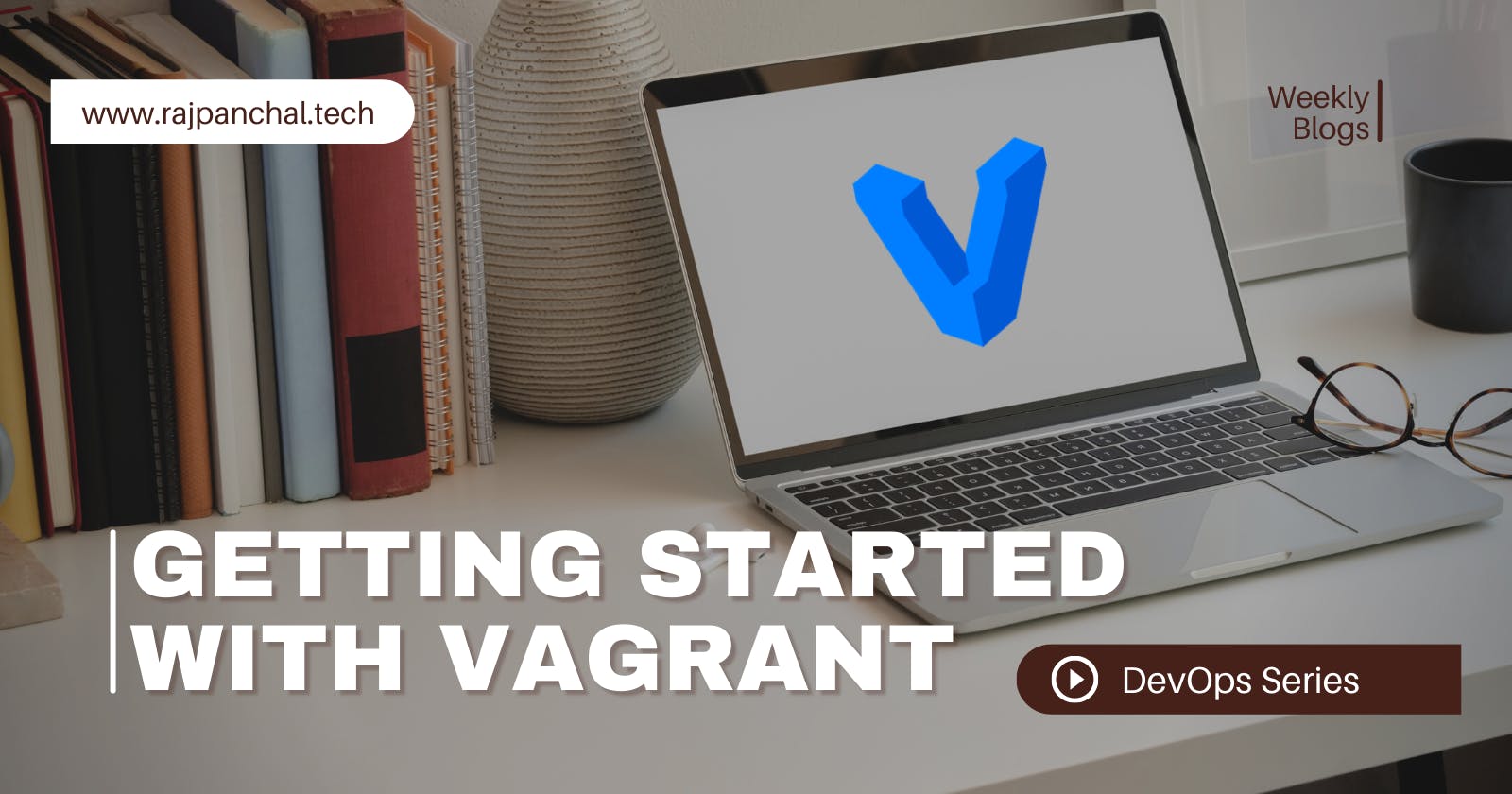As a DevOps professional, it's essential to have the right tools and technologies in place to manage your infrastructure and applications. One such tool that is becoming increasingly popular among DevOps teams is Vagrant.
Vagrant is a powerful tool for managing virtual development environments. It allows you to easily create and configure virtual machines, making it an essential tool for any DevOps workflow. In this blog post, we'll walk through the process of installing Vagrant on your local machine.
Before we begin, it's important to note that Vagrant requires VirtualBox to be installed on your machine. VirtualBox is an open-source virtualization software that Vagrant uses to manage virtual machines. If you don't have VirtualBox installed, you can download it from the official website.
Once you have VirtualBox installed, you can download and install Vagrant from the official website. The installation process is straightforward, and should only take a few minutes. Once Vagrant is installed, you can open a terminal or command prompt and type vagrant -v. If you get the version that means the vagrant installation was successful.
One of the most powerful features of Vagrant is the ability to use "Vagrantfiles" to configure and manage virtual machines. A Vagrantfile is a simple text file that contains instructions for Vagrant to configure and launch a virtual machine. You can use the vagrant init command to create a new Vagrantfile in the current directory and then edit it to specify the settings and configuration for your virtual machine.
Once your Vagrantfile is set up, you can use the vagrant up command to launch your virtual machine. This command will read the Vagrantfile and use the settings specified in it to create and configure a new virtual machine. You can then use the vagrant ssh command to log into the virtual machine and start working.
Vagrant also has a number of other commands that you can use to manage your virtual machines, such as
vagrant haltto shut down a virtual machine,vagrant destroyto delete a virtual machine, andvagrant statusto check the status of a virtual machine.
In the context of DevOps, Vagrant can be used to create and manage virtual environments for testing, development, and staging. It can also be used to create consistent and reproducible environments across different teams and environments. Vagrant can be integrated with provisioning tools like Ansible, Puppet, and Chef, to automate the deployment of applications and infrastructure.
Also, it makes more sense to use vagrant when you want to use a single service from the cloud than to install and configure the whole OS on the cloud server to use a single service to save up time.
In conclusion, Vagrant is a powerful tool that can greatly simplify the process of setting up and managing virtual development environments for DevOps teams. By following the steps outlined in this blog post, you can easily install Vagrant on your local machine and start creating and managing virtual machines with ease, streamlining your DevOps workflow.
Thank you for reading! I hope you enjoyed this blog post and found it informative and valuable. If you have any questions or comments, please don't hesitate to leave them below. I'm always happy to engage with my readers and discuss various topics.
If you enjoyed this post, consider subscribing to my newsletter to stay up-to-date with the latest posts. Thanks again for reading, and I look forward to seeing you at the next one!
Follow my DevOps Series 🚀
Reach Out To Me On Linkedin: Raj Panchal
